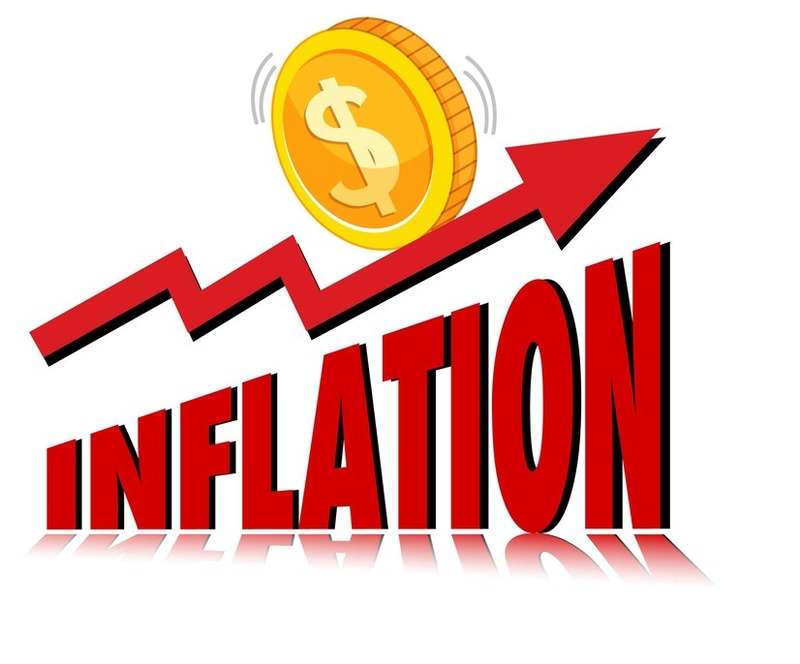The term "pink tax" refers to the additional cost women often bear for specific products or services, particularly those marketed towards females. In an era where every cent counts even more due to inflation, understanding and navigating the pink tax becomes increasingly crucial. This article aims to shed light on this phenomenon, providing strategies to identify and overcome the pink tax in everyday life, assisting in making more informed financial decisions.
What is the Pink Tax?
The pink tax, also known as gender pricing or women's tax, refers to the higher prices charged for goods and services marketed towards women compared to those targeting men. This can include anything from personal care products such as razors and shampoo, to clothing and toys. Studies have shown that this price difference exists even when the products are essentially the same, with identical or similar ingredients and features.
Why Does the Pink Tax Exist?
The pink tax is rooted in gender-based stereotypes and societal expectations. Companies often justify higher prices for women's products by claiming that they are of better quality, have added features, or use more expensive materials. However, these justifications are rarely backed up by evidence and generally do not account for the significant price difference. Additionally, women are often conditioned to believe that certain products or services catered towards them are necessary and worth the extra cost, further perpetuating the pink tax.
How Does Inflation Affect the Pink Tax?
 Inflation is a general increase in prices over time, leading to a decrease in purchasing power. As prices rise for all goods and services, the pink tax also becomes more expensive. This is because companies often increase prices for their products to keep up with inflation, resulting in an even larger price discrepancy between similar products marketed towards men and women. With inflation on the rise in many countries, it is essential to be mindful of the pink tax and its impact on personal finances.
Inflation is a general increase in prices over time, leading to a decrease in purchasing power. As prices rise for all goods and services, the pink tax also becomes more expensive. This is because companies often increase prices for their products to keep up with inflation, resulting in an even larger price discrepancy between similar products marketed towards men and women. With inflation on the rise in many countries, it is essential to be mindful of the pink tax and its impact on personal finances.
Strategies to Conquer the Pink Tax
Navigating and conquering the pink tax requires awareness, education, and a willingness to break free from gender-based product marketing. Listed below are some strategies that can be employed to combat the pink tax effectively.
Be Aware and Understand Gender Pricing
The first step towards conquering the pink tax is understanding and acknowledging its existence. Awareness allows for informed decisions when purchasing goods and services. Pennies saved from avoiding gender-based pricing can accumulate into significant savings over time. Always compare prices for similar items across different sections, considering quality and quantity, to gain the maximum value for money.
Break Free from Gendered Marketing Tactics
Companies often exploit societal norms and expectations through gendered marketing. Products are strategically packaged and advertised to appeal to specific genders, reinforcing the perception that certain products are exclusively 'for men' or 'for women'. It's crucial to recognize these tactics and not fall prey to them. Don't limit your choices based on the gender a product is marketed towards.
For instance, women can purchase razors from the men's section if they're cheaper and offer similar functionality. Similarly, men can opt for products traditionally marketed towards women if they provide better value for money. By refusing to adhere strictly to gendered products, you can bypass the pink tax and make financially savvy purchases. Additionally, such decision-making can help challenge and dismantle unfair gendered pricing practices, promoting a more equitable market environment.
Advocate for Change and Equality in Pricing
Consumers have the power to demand change from companies that practice gender-based pricing. By voicing concerns and advocating for equal pricing, consumers can influence brands to reconsider their marketing and pricing strategies. This can be done through social media platforms or direct communication with the company. Support businesses that practice fair pricing and promote gender equality.
Legislation and Regulation
One possible approach to mitigating the pink tax is through legislation and regulation. Some countries and states have taken steps to ban gender-based pricing. For example, California passed the Gender Tax Repeal Act in 1995, prohibiting service providers from charging different prices based solely on the customer's gender. Similarly, New York City enacted a law in 2016 that forbids businesses from pricing similar goods and services differently based on gender.
Advocating for such laws in more regions can lead to substantial progress in dismantling the pink tax. However, while legislation is crucial, it's not the sole solution. Consumers must continue to be vigilant, make informed choices, and challenge unfair pricing practices. The fight against the pink tax may be a long one, but with persistence and collective effort, a fair marketplace is an attainable goal.
Consider Secondhand Shopping or Swapping
Secondhand shopping or swapping can be another effective method to bypass the pink tax. Thrift stores, online resale platforms, and clothing swaps offer alternatives to purchasing new, often gender-priced items. Not only is buying secondhand typically cheaper, it's also a more sustainable choice and can contribute to reducing waste and conserving resources.
Swapping goods with friends or within community groups can also reduce costs and promote a sharing economy. It's important to remember, though, to evaluate the quality and condition of secondhand goods before purchasing or swapping to ensure you're getting fair value. By exploring unconventional shopping avenues, you can sidestep gender-based pricing and keep your budget in check, while also supporting environmental sustainability.
Educate Others About the Pink Tax
Spreading awareness about the pink tax among peers, family, and social circles contributes to a broader understanding and rejection of unfair gender-based pricing. By sharing knowledge and information, a collective movement against the pink tax can be fostered.
Fighting the pink tax may seem daunting, but with these strategies in place, it's possible to navigate the minefield of gender-based pricing. Remember, every cent counts, especially in times of inflation. By being savvy consumers, we can help push for a fairer market that values all consumers equally, regardless of gender.
Conclusion
The pink tax is a pervasive issue that demands attention and action. By being informed, conscious consumers, we can empower ourselves to make smarter purchasing decisions and challenge unfair pricing practices. The fight against the pink tax requires collaboration between individuals and government bodies to create a marketplace that is truly equal for all. Let's continue to educate ourselves and others about the pink tax and work towards a future where gender-based pricing is a thing of the past.




